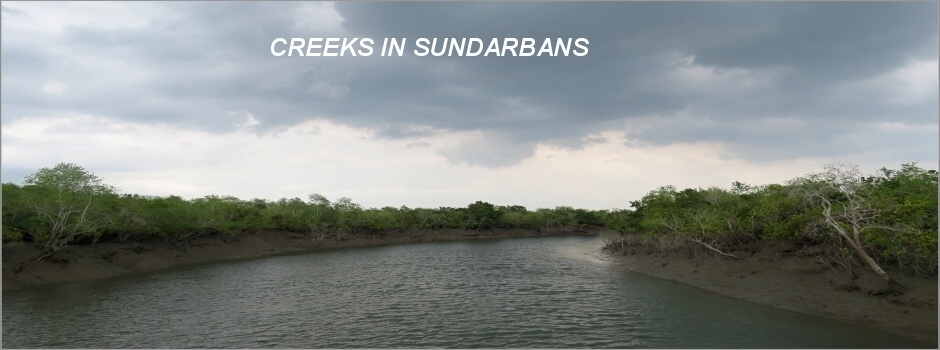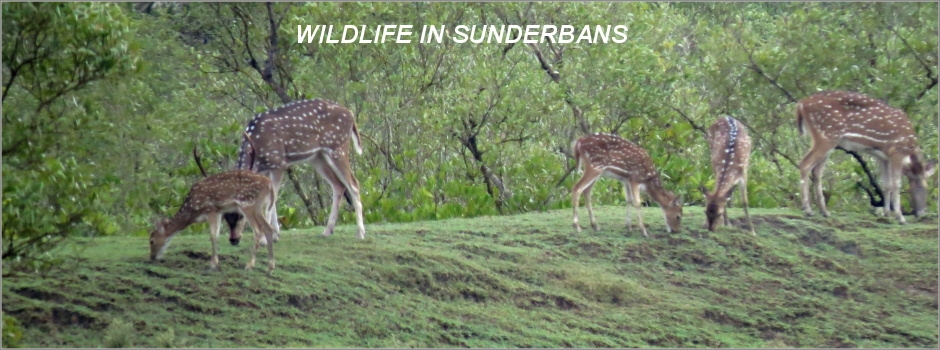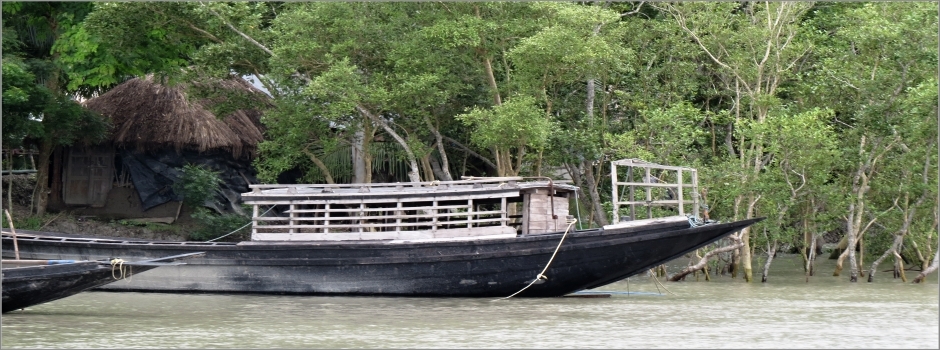INDIA BEACONS SOJOURN
Get Set to Pack Your Bags
For Sundarban Day Tour Package Booking:
Call us on :
+91 9903295920
+91 8585007393
+91 9038488059
+91 9477614894
+91 9433113535
Our Address :-
INDIA BEACONS SOJOURN
1 Indra Roy Road
(Opposite Indira Cinema)
Room No 8, 1st Floor
Bhowanipura
Kolkata - 700025 Email Us At :-
:: About Sundarbans ::
Sunderban
Sunderban, the land of bountless beauty and magnificient landscapes and named after the ubiquitous Sundari trees found there in large numbers, is the largest single block of tidal halophytic mangrove forest in the world and has the honour of being a UNESCO World Heritage Site & a Biosphere Reserve. The Sundarban forest covers around 10,000 sq.km of which a major portion is in Bangladesh, while the Indian portion is estimated at around 4264 square km.
Apart from being a unique largest mangrove eco-system of the world, the Sundarbans has the world’s largest deltaic mangrove forests and is also home to one of India’s most iconic wildlife species – the Royal Bengal Tiger. Formed by the confluence of the mighty rivers – the Ganges, the Brahmaputra and the Meghna – the Sunderbans are a part of the world's largest delta situated on the lower end of the Gangetic West Bengal. It is also the world’s largest estuarine forest criss-crossed by hundreds of creeks and tributaries, intersected by a network of tidal waterways, small islands of salt-tolerant mangrove forests and mudflats. The interconnected network of waterways makes almost every nook and corner of the forest accessible by boats or rafts making it one of the most attractive and alluring places on earth and an undiscovered paradise.
TheSundarbans also serves as a crucial protective barrier for the inhabitants in and around Kolkata against the floods that result from the cyclones which are a regular occurrence. Sundarbans have also been enlisted amongst the finalists in the New7Wonders of Nature.
Sight-seeing is one of the most common tourist activity as it provides an opportunity to locate and spot rare species of animals & birds in a natural and an unhindered environment. There are several watch towers, where you can glimpse the wildlife in all its glory. Notable among them are Sajnekhali Watch Tower, Sudhanyakhali Watch Tower, a Watch Tower at Dobanki, Netidhopani, Burirdabri, Kumarmari and Jhingakhali.
At Sajnekhali, a mangrove interpretation center throws light on the flora, fauna and the village life of Sundarbans. It is a must-see for all tourists.
:: Sunderbans -- Fact File ::
- The area was declared as Protected Forest in the year 1878
- It was declared as Reserve Forest in the year 1928
- One of the first nine Tiger Reserves declared under the Project Tiger Scheme in the year 1973
- A part of the Tiger Reserve was notified as the Sajnakhali Wildlife Sanctuary having an area of 362.33 sq km in the year 1976
- The core area of the Tiger Reserve was declared as the Sunderban National Park in the year 1984. The area of the National Park is 1330.10 sq km
- The National Park Areas was inscribed as a Natural World heritage Site in the year 1987
- The Tiger Reserve along with adjoining forest areas and human habitations were declared as Sunderban Biosphere Reserve in 1989
- The Sunderban Biosphere Reserve was recognized as a Global Biosphere Reserve in 2001
- 1699.62 sq km of the Tiger Reserve was declared as Critical Tiger Habitat in the year 2007
:: Climate ::
October to February — winter, cold and temperate
March to May — summer, hot and humid
June to September — the monsoon season, wet and windy Monsoon cruises are spectacular.
:: Flora & Fauna ::
Major Flora
There are 64 plant species in Sundarbans and they have the capacity to withstand estuarine conditions and saline inundation on account of tidal effects. The most common species are :
Hatal (Phoenix paludosa), Genwa (Excoecaria agallocha), Dhundul (Xylocarpus granatum), Kankra (Bruguirea gymnorrhiza), Champa(Bruguiera parviflora), Dhani ghas (Porteresia coarctata), Garjan (Rhizophora apiculata), Keora (Sonneratia apelata), Sundari tree (Heritiera fomes), Golpati(Nypa frutcans)
Main Species
Excaecaria sp., Heritiera sp., Ceriops sp., Phoenix sp., Sonneratia sp., Avicennia sp., Rhizophora sp., Xylocarpus sp., Bruguiera sp. etc.
Major Fauna
Tiger, fishing cat, chital, wildboar, water monitor, estuarine crocodile.
Endangered Species
Tiger, Estuarian Crocodile, River Terrapin (Batagur baska), Olive Ridlay Turtle, Gangetic Dolphin, Ground Turtle, Hawks Bill Turtle, King Crabs (Horse shoe).
:: Major Attractions ::
Royal Bengal Tiger: Most of the tigers found in the Sundarbans area are man-eaters and can swim in the saline waters. The Sundarban Tiger Reserve is home to more than 250 tigers.
Mangroves: Sundarbans offers the largest Mangrove eco- system in the world. Mangroves grow in saline coastal habitats in the tropics and subtropical areas.





